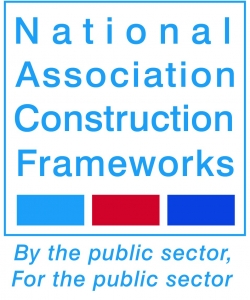Market Intelligence Reports
Q1 2025 Report
Overview
The construction sector continues to navigate a dynamic environment as we progress through 2025. The impact on the construction industry of the Ukraine conflict and UK Cost of Living Crisis have subsided. The reduction of interest rates by the Bank of England and strategies proposed by the new government have begun to take effect in Q1 2025, leading to an increase in tender workload and employment compared previous quarters.
Data from the supply chain indicates that construction output has risen by 2.2% since Q4 2024. However, when compared to Q1 2024, there is no visible change in tender workload. Despite this, suppliers remain optimistic about future trends, predicting a 4.9% increase throughout 2025 into Q1 2026. A study by JLL echoes these trends, attributing them to cuts in national interest rates. Despite this optimism, suppliers identify geopolitical realignment, public sector reorganisation in the UK, and inflation as significant risks toward tender workloads.
Building costs have increased by an average of 2.0% since last quarter across all trades, aligning with ONS national quarterly inflation records. From Q1 2024 to Q1 2025, building costs rose by 3.3%, consistent with national inflation rates. These stable costs were recorded before US tariff hikes suggesting potential future uncertainty impacting construction supply chains.
Employment has increased by 1.3% over the last three quarters across all trades, indicating a stable outlook with good tender workload expected by suppliers in 2025. However, insolvency fears may have impacted new employment growth, which may cause capacity issues should tendering/delivery workloads increase higher than expected. Material availability remains steady reducing supply chain disruption risks.
Package highlights
- Brickwork lead times increased due to housing activity resurgence and projects advancing through gateway processes after delays.
- Carpentry and joinery delays persist for large high-rise schemes due to Building Safety Act gateway approval challenges.
- Concrete frames face pressure from GGBS shortages driving cost increases
- Curtain walling activity slows with order intake down 8% in 2024; subcontractors expect stable but flat year ahead.
- Dry liners are benefiting from reduced material price
- Steelwork tendering has reduced over the last quarter; this may reflect uncertainty related to British Steel within the market.
- Groundworks remain subdued; however the supply chain have cautious optimism for recovery during the rest of 2025.
Despite the turbulence of recent years, energy price volatility, building safety regulation and cost of living crisis; the UK construction supply chain is entering 2025 with a sense of cautious optimism. Industry stakeholders are encouraged by signs of stabilizing demand, increased government investment in infrastructure, and a gradual easing of material cost pressures. While challenges remain, particularly around skilled labour shortages and the uncertain future of domestic steel production, many suppliers and contractors are hopeful that improved planning, digital innovation, and more resilient procurement strategies will support steady growth in the year ahead.



